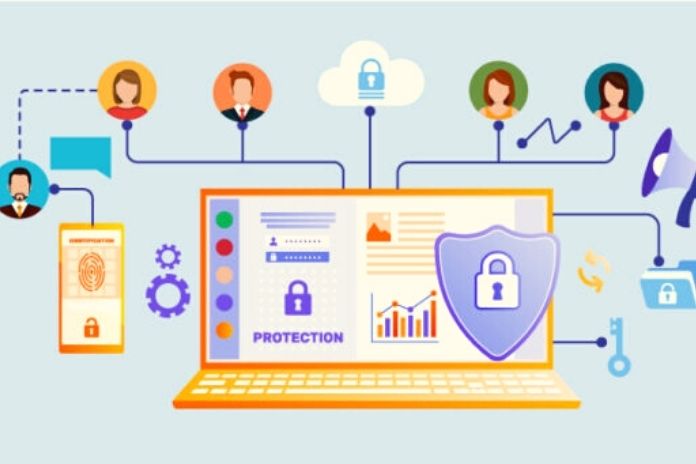Corporate data protection: how to do it? Cyber security threats are rising, and corporate networks are increasingly fluid: monitoring everything is more complex but possible. Backup strategies are also changing shape and becoming more sophisticated, incorporating the new privacy directives. Below, we give you five valuable tips to better manage the delicate aspects of securing data and processes.
Premise: The Situation
With the massive increase in the circulation of data and the creation of ever more dense network connections, the risks associated with cyber security are growing. Many official reports and substantial experience reveal this: the circulation of information is more fluid, but it is also more exposed to risks. The problems are primarily privacy protection: there is a real risk that sensitive information about your customers will be intercepted and used fraudulently.
However, there is also the grave risk of compromising corporate efficiency: it has already happened several times, with cyberattacks that have affected businesses of various sizes (remember the wannacry malware ?). The security measures for data and business processes are very complex today. Networks are not limited only to the office’s physical space and can be accessed from several points. A perimeter defense via a firewall is no longer enough in this scenario.
Furthermore, it is more important to rely on specialized personnel, perhaps hired in-house, to guarantee security and adequate protection measures on data and processes. An effective strategy also includes a good backup plan. More generally, it ensures itself with structural interventions and individual best practices. Below we present some of them.
Security Awareness
Knowing a problem is the first step to addressing it. Cyber security is an important topic and affects everyone in the company. It is always impressive to observe the sector statistics: the percentage of damage caused by individual errors or carelessness is always relatively high. Threats even in the evenings can come from the simple opening of suspicious emails or from clicking on the wrong link: it is, therefore, essential to be aware of them.
It is unnecessary to become an IT security expert, but at least to know what malware or phishing is and the risks associated with even minor tasks. Many companies organize moments of discussion and internal training on IT security problems. An even more delicate issue concerns the processing of personal data and privacy protection.
Access Control
Security awareness is more critical in today’s businesses, where work doesn’t just happen on the office PC. The “old” intranet model was better controlled because the number of access points was relatively limited. An updated model must take into account the current scenario. For example, the sales agents connect to the company portal to enter orders. The managers retrieve their presentations for meetings and conferences via tablet, or the employee uses his smartphone with the company network in the office.
Access management is therefore essential for the protection of corporate data. Based on the usual verification scheme with login and subsequent full access to the network, a static system is not the most suitable in the new situation. Dynamic and compartmentalized access to data and network works best. In practical terms, username and password are not enough by themselves, and other parameters and risk factors must be checked.
One such approach is called ZeroTrust, particularly suitable for structures where data and processes are also managed in the cloud. As the name implies, a zero-trust architecture takes nothing for granted and manages security dynamically. It considers other variables and the login data: type of connection requested resource, etc. In this way, and with the proper technical support, it is possible to create a more dynamic and protected networking system without losing practicality and speed.
Corporate Network Segmentation
For a corporate network, segmentation is an almost obligatory solution. Not only for security and data protection reasons but also to better divide processes and workloads. This has always been done by creating subnets; today, it is possible to define particularly effective network microsegments, especially in hybrid architectures.
There is a need to manage both the diversity of access and the growing use of IoT, Internet of Things machinery, and tools in the modern company. While these devices guarantee an exceptional return in terms of simplification and efficiency of processes, they also present risks related to cyber security. A better-compartmentalized network improves the protection and efficiency of data and processes when well designed.
New technologies such as those of Software Defined Networking (SDN) allow today better management and creation of the individual sectors. The company benefits from this in terms of data protection: in fact, the possibility of a virus spreading in the network is reduced. With a technical time, the attack surface decreases. However, micro-segmentation also improves business efficiency with a better distribution of resources and processes.
Also Read: Here Are The Privacy Tips You Should Know While Using Apps

